In 2011, the Blair Fire north of King Hill consumed approximately 39,600 acres of prime winter range for mule deer. Before the fire, this area typically supported about 5,000 wintering mule deer who relied on sagebrush and bitterbrush for winter nutrition. Almost immediately after the fire, Fish and Game, BLM, along with local farmers and ranchers began efforts to restore this critical winter range. Rehabilitation efforts to restore important grasses and shrubs after severe events like range fires can take many years.
Earlier this spring, staff from the Magic Valley Region, along with many volunteers came together to plant 2,700 sagebrush seedlings to continue rehabilitation efforts to restore this critical big game winter range.
Thank you to all the smiling volunteers who came out to plant sagebrush that will provide winter groceries for mule deer, and, habitat throughout the year for a variety of other wildlife species.
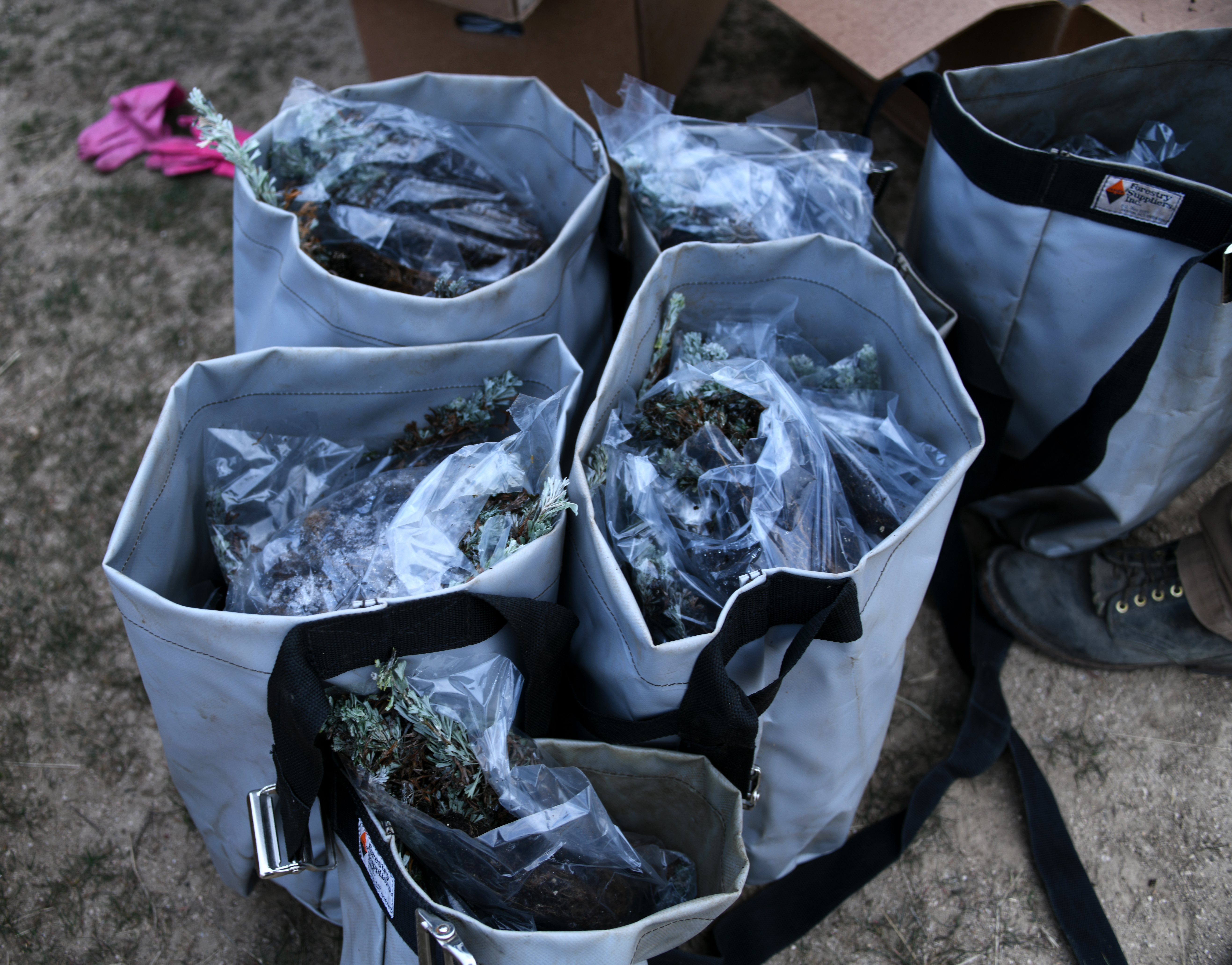
Bags of sagebrush seedlings await teams of volunteers to plant them at a recent planting project near Walker Reservoir, north of King Hill.
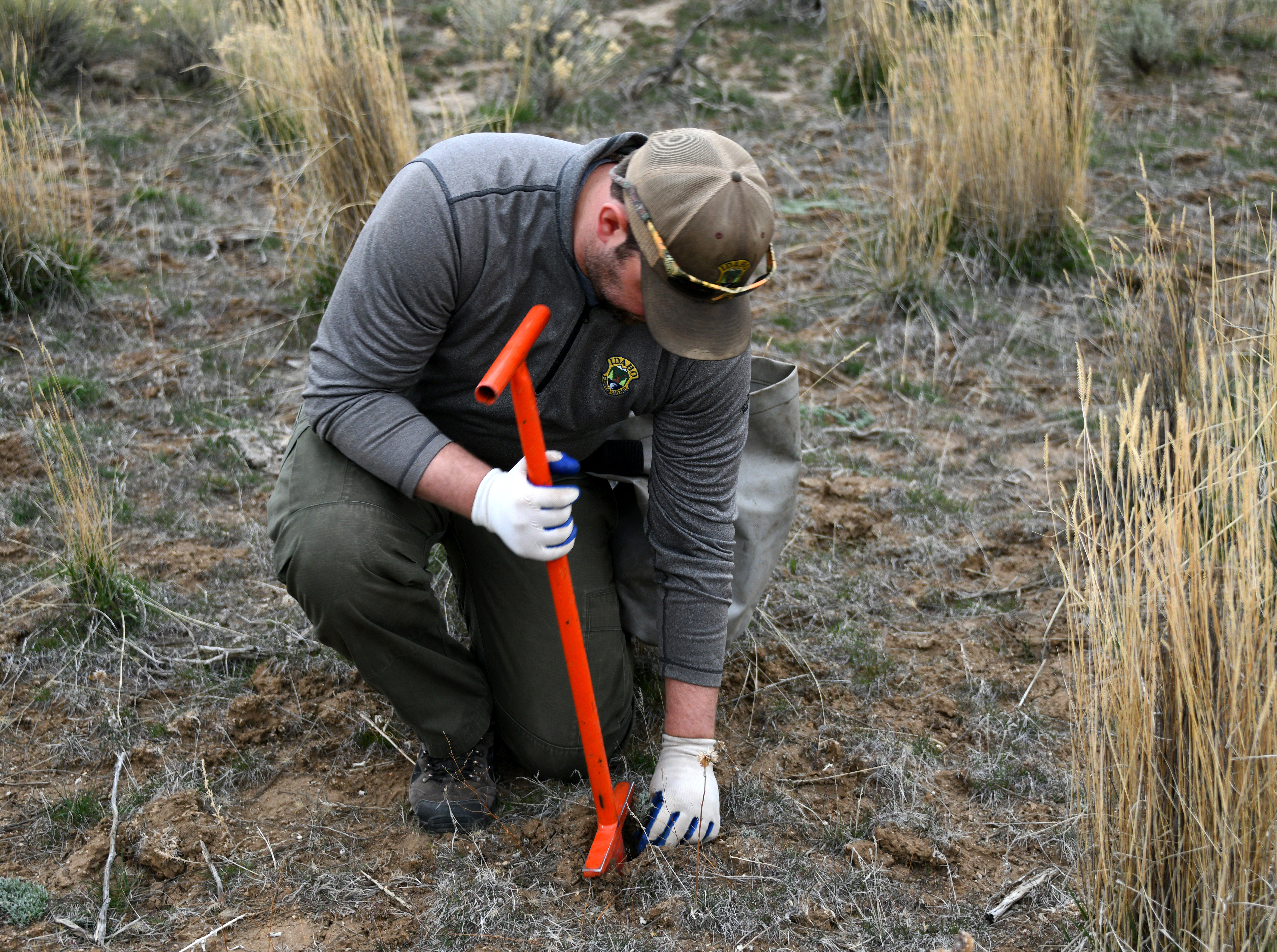
Fish and Game biologists instruct volunteers on the proper planting techniques to ensure sagebrush plants will survive.

College of Southern Idaho students volunteered to help plant sagebrush to improve big game winter range north of King Hill.

Canyon Ridge High School student joins in the fun of planting sagebrush to improve big game winter range following the Blair Fire in 2011.
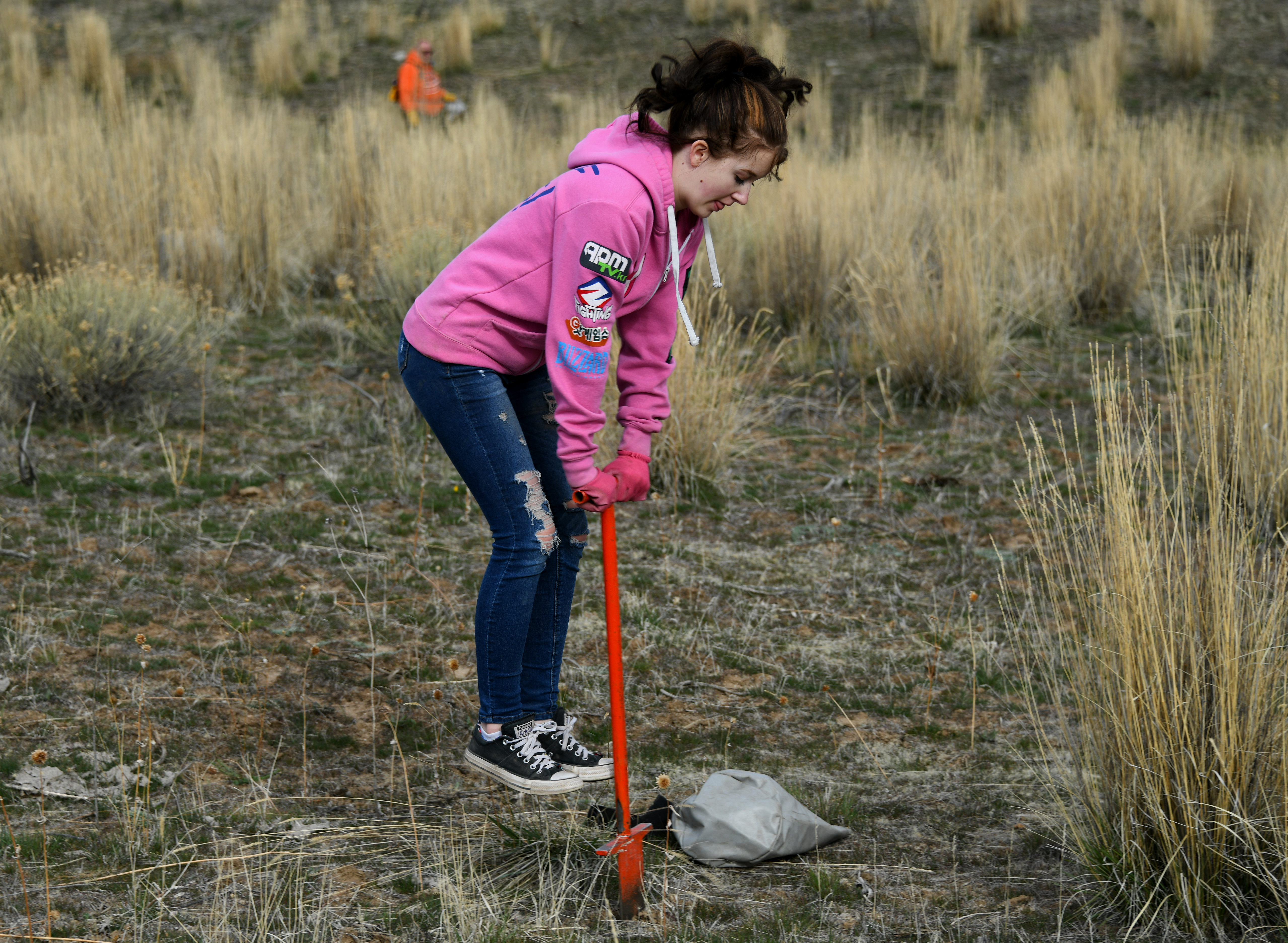
Sometimes you have to put your entire body weight into planting sagebrush seedlings.
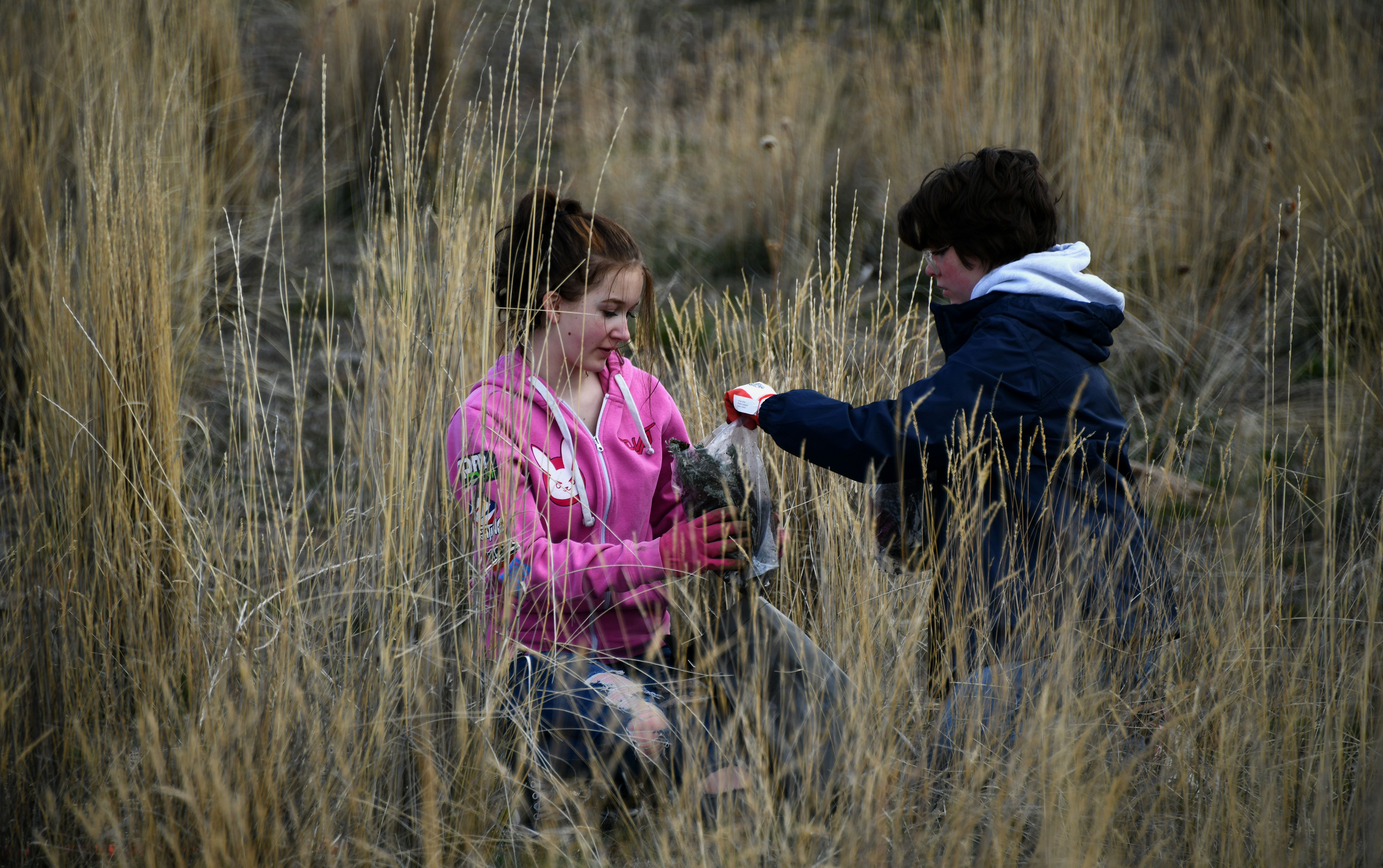
Teamwork comes naturally to the Rainbow Girls who provided volunteer help to revegetate land burned as a result of the Blair Fire.
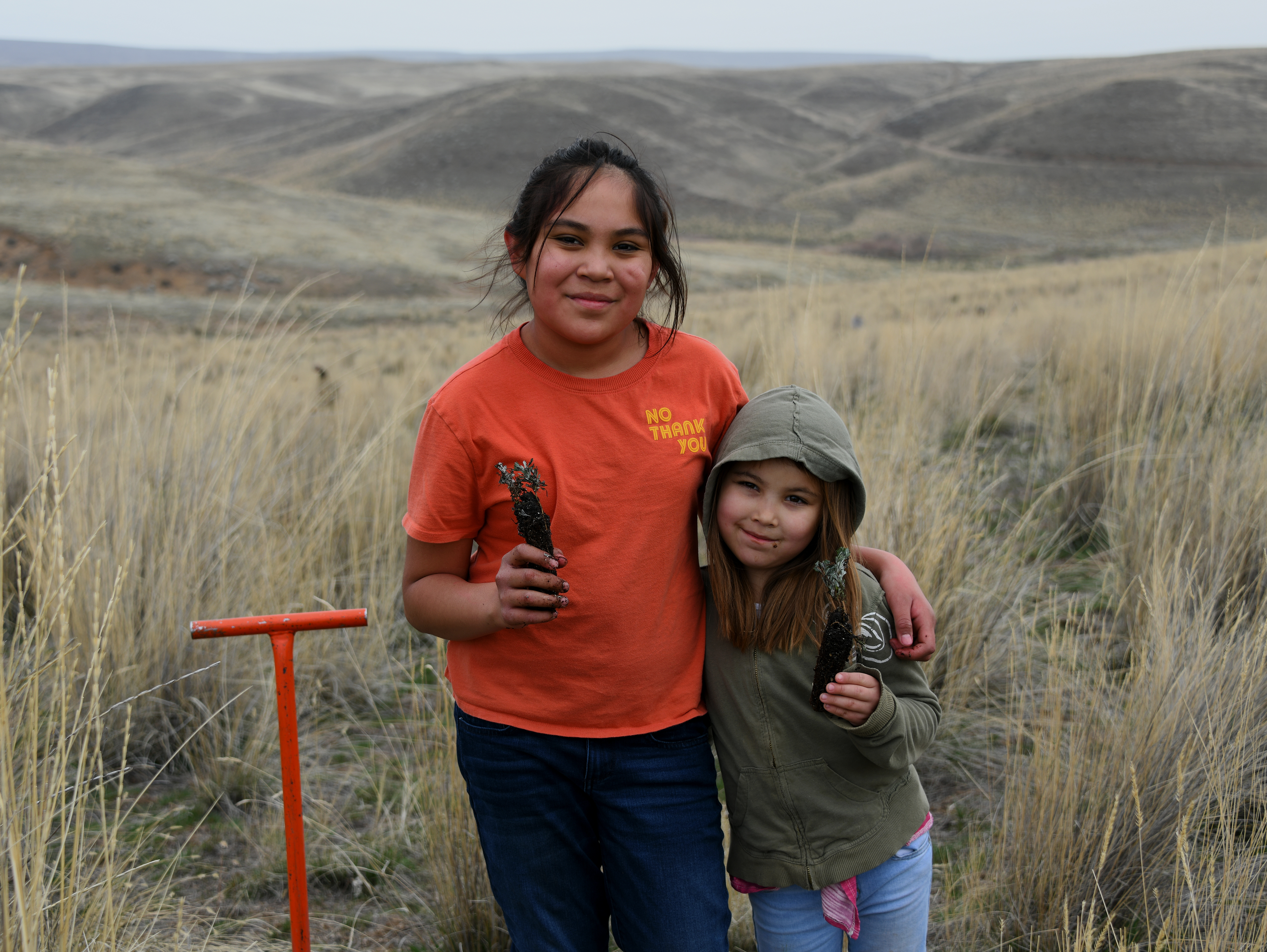
Families joined in to help plant sagebrush that will help sustain wildlife for future generations.
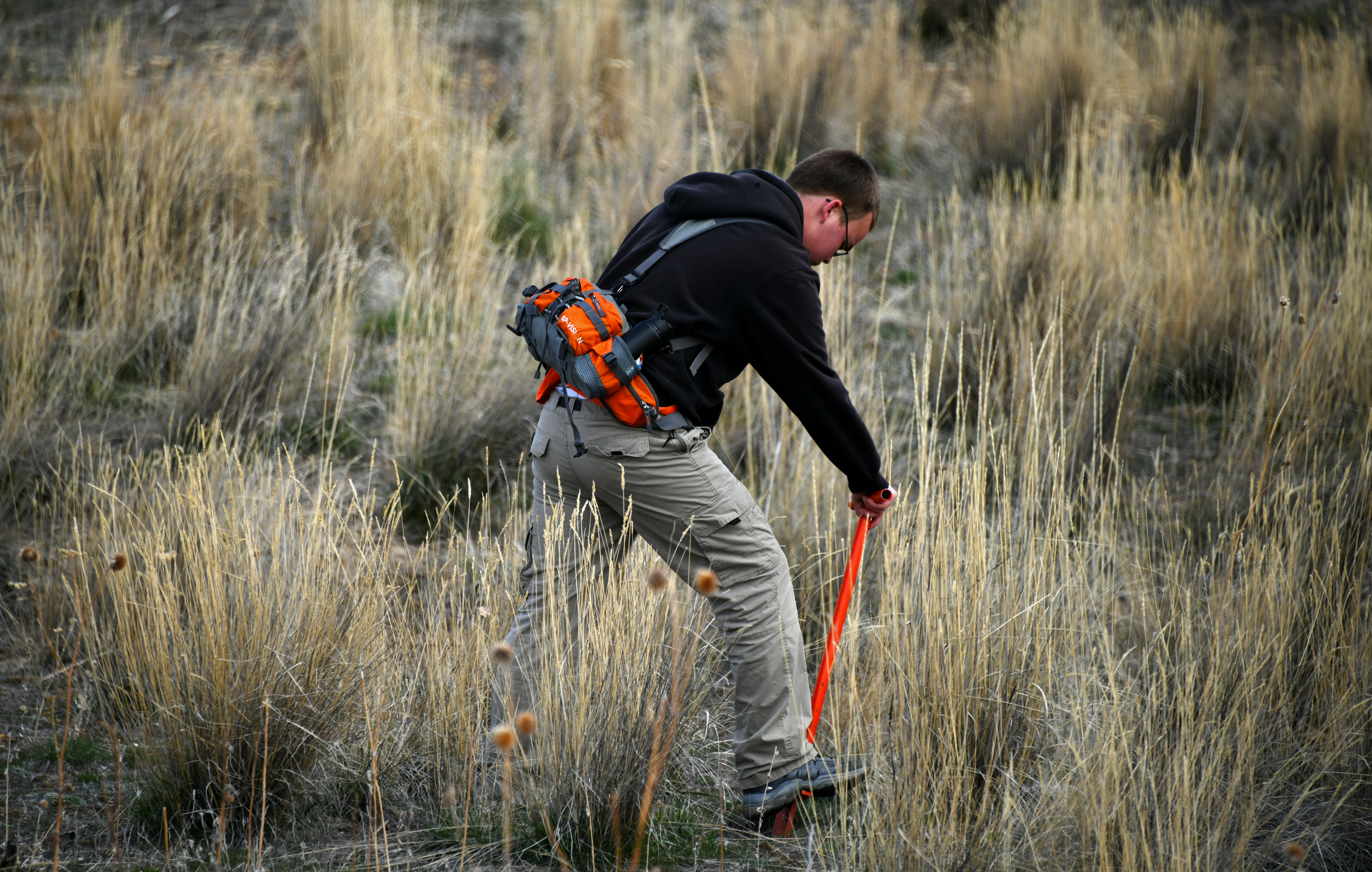
Volunteers of all ages came out to help plant sagebrush seedlings in early March.
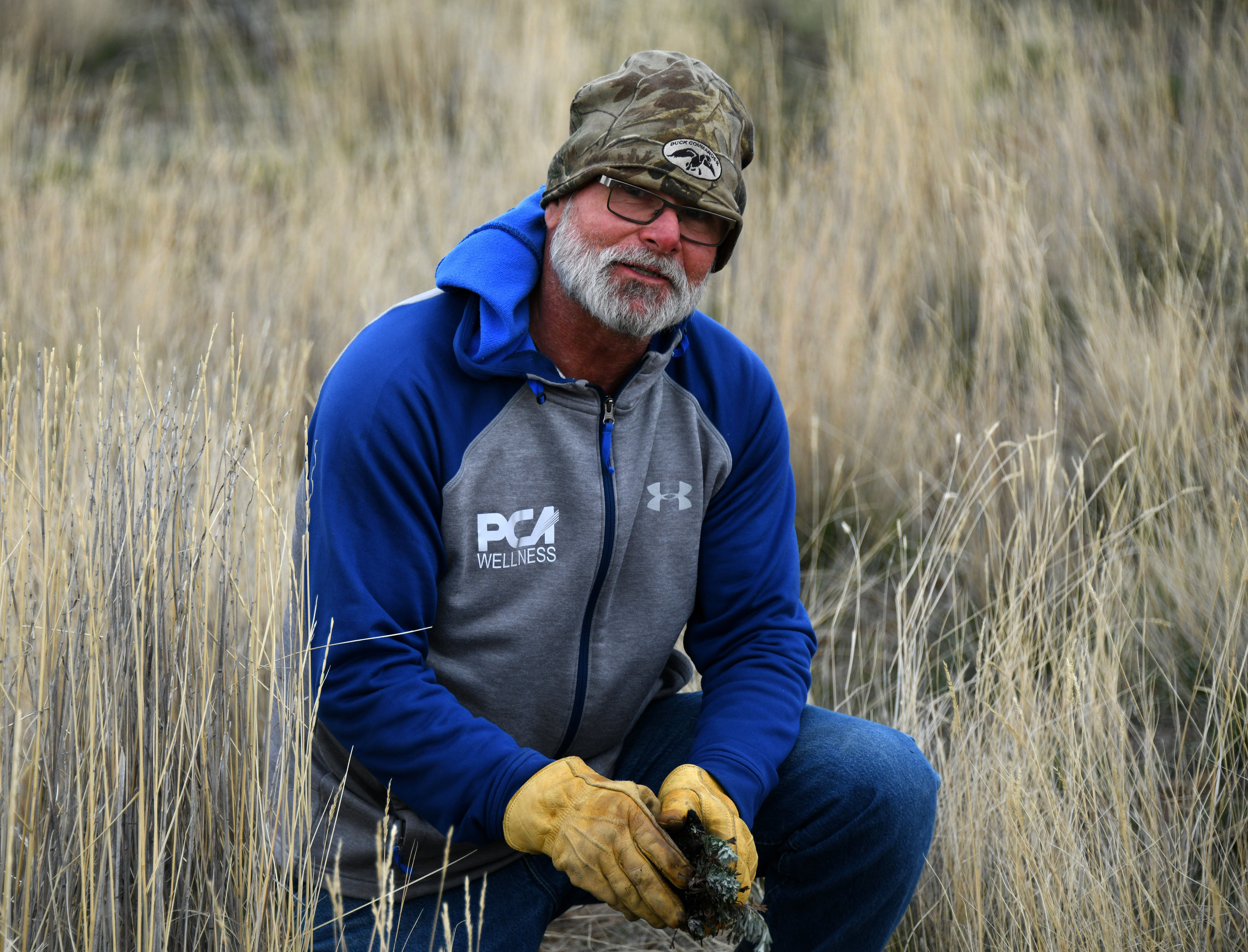
Smiles are an important part of the day when planting sagebrush seedlings to improve big game winter range near Walker Reservoir, north of King Hill.

